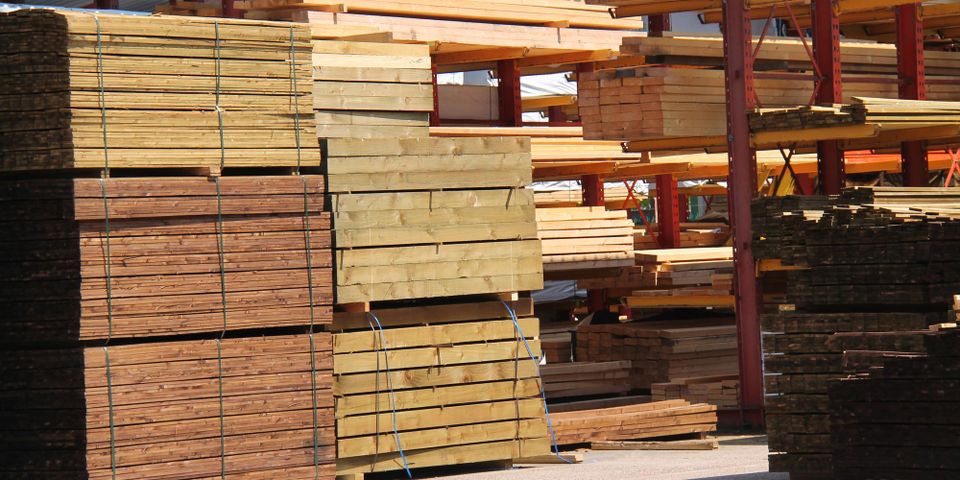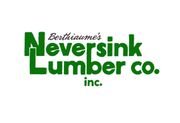How to Choose the Right Lumber for Your Project

If you are considering a DIY construction project, whether you are building a cabinet or a piece of furniture, choose the right lumber to make the project a success. However, many homeowners become confused with the process, since there are many factors to consider. If you’re not sure which wood to choose, follow the guide below.
Differentiate Hard & Soft Wood
Woods come in varying degrees of hardness, depending on the type of tree they were milled from. Pine and fir are softwoods, for example, while teak or cherry are hardwoods. Hardwood is generally best for furniture or construction that will be heavily used. This type of wood is ding-resistant and will last longer. Softwoods can be used for items that are decorative or for parts of the project that won’t get a lot of use.
Understand the Grain
All wood has grain, or the longitudinal arrangement of the wood fibers, which creates the pattern of the wood. When you look at the end of a piece of lumber, you will see the angle of the end grains clearly. The ideal wood will have vertical, rather than angled, end grains and might be labeled “quarter sawn.” Vertical end grains are more stable and less likely to warp or “cup” than lumber that is sawn on an angle. There are some applications, like decks, where cupping may be desirable. However, for most projects, this isn’t the case.
Look for Defects
Once you’ve found the right lumber, inspect the available boards for defects that will affect the finished project. Defects may include spots, cracks, insect holes, or knots. The type of project you’re making will determine whether or not a defect can be used as a design feature or add visual interest to the piece.
Calculate Your Board Thickness & Feet
 Before you go to the lumber store, record the dimensions of the project. Determine what board thickness is needed for your project. In the lumber industry, the wood thickness is measured in quarters, which means an inch-thick board is four quarters thick, or a two-inch board is eight quarters. Then, calculate your board feet by multiplying the thickness, width, and length in inches, and divide by 144. The result is your board feet. Keep in mind you are calculating from rough wood, not the finished dimensions of a project. For example, if a tabletop will end up at 3/4” thick, you should start with an inch-thick board.
Before you go to the lumber store, record the dimensions of the project. Determine what board thickness is needed for your project. In the lumber industry, the wood thickness is measured in quarters, which means an inch-thick board is four quarters thick, or a two-inch board is eight quarters. Then, calculate your board feet by multiplying the thickness, width, and length in inches, and divide by 144. The result is your board feet. Keep in mind you are calculating from rough wood, not the finished dimensions of a project. For example, if a tabletop will end up at 3/4” thick, you should start with an inch-thick board.
For complete lumber sales and service in Port Jervis, NY, choose Berthiaume's Neversink Lumber Co., Inc. This local True Value hardware store has been serving the community for over 60 years. Their knowledgeable staff can help you plan your project and select the right lumber for the job. Call (845) 856-5161 to inquire about inventory or stop by their Facebook page to read reviews and see deals.
About the Business
Have a question? Ask the experts!
Send your question

